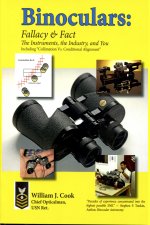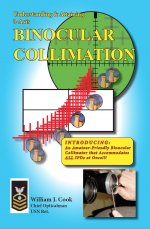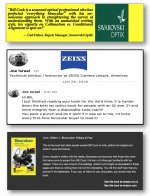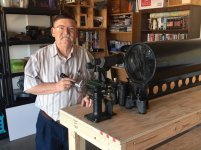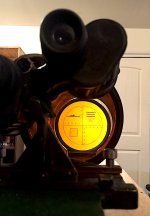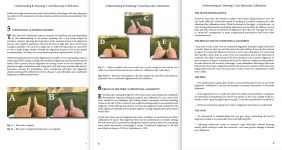William Lewis
Wishing birdwatching paid the bills.

Hi All.
So I picked up a pair of opticron srga's a few weeks back for sentimental reasons- they were just about to be discontinued and I used them extensively when I first got back into birding properly in my 20's after a few years of birding hiatus when my favourite past time changed for a period to getting smashed.
They didn't seem quite right and I wasn't sure if it was collimation, I can usually see if a bins way off alignment instantly but these were ok just not quite as sharp as I remembered and I wasn't sure if I'd just been spoilt by the view of my regular bins.
So I did a bit of googling and ended up doing a star test, very small hole in something very opaque with a bright light behind it in a dark room. Stood about 10m away, focused the non diopter eye piece precisely, wound the diopter till the diopter eye piece was really blurry and checked if the sharp point of light in the non diopter eye piece was in the middle of the blurry circle of light from the diopter eye piece.
It wasnt, it was slightly off to the right but still within the circle. Before I send the bins back into opticron (I've read a bit about proper loads of axis' collimation and am certainly not attempting it) though I just wanted to check if my methodology was correct and if anyone else has the same problem and this helps solve it all the better!
Thank in advance.
Will
So I picked up a pair of opticron srga's a few weeks back for sentimental reasons- they were just about to be discontinued and I used them extensively when I first got back into birding properly in my 20's after a few years of birding hiatus when my favourite past time changed for a period to getting smashed.
They didn't seem quite right and I wasn't sure if it was collimation, I can usually see if a bins way off alignment instantly but these were ok just not quite as sharp as I remembered and I wasn't sure if I'd just been spoilt by the view of my regular bins.
So I did a bit of googling and ended up doing a star test, very small hole in something very opaque with a bright light behind it in a dark room. Stood about 10m away, focused the non diopter eye piece precisely, wound the diopter till the diopter eye piece was really blurry and checked if the sharp point of light in the non diopter eye piece was in the middle of the blurry circle of light from the diopter eye piece.
It wasnt, it was slightly off to the right but still within the circle. Before I send the bins back into opticron (I've read a bit about proper loads of axis' collimation and am certainly not attempting it) though I just wanted to check if my methodology was correct and if anyone else has the same problem and this helps solve it all the better!
Thank in advance.
Will





